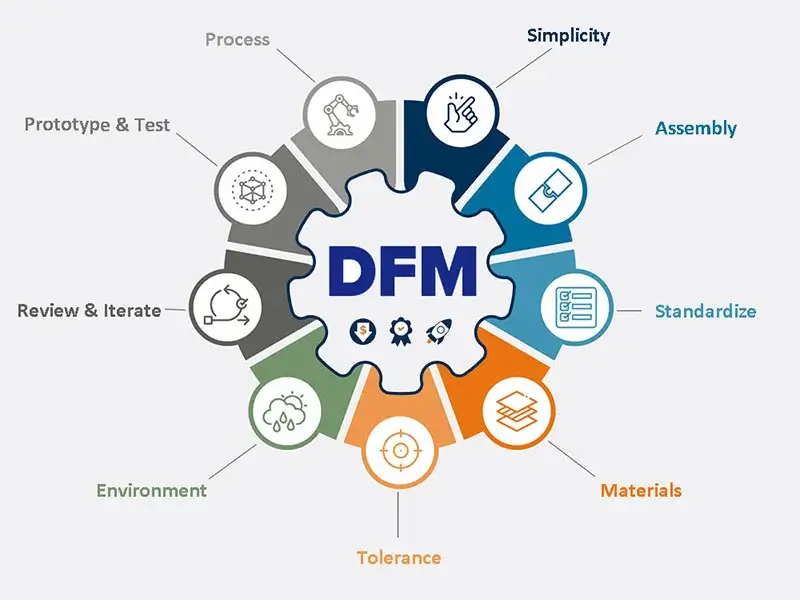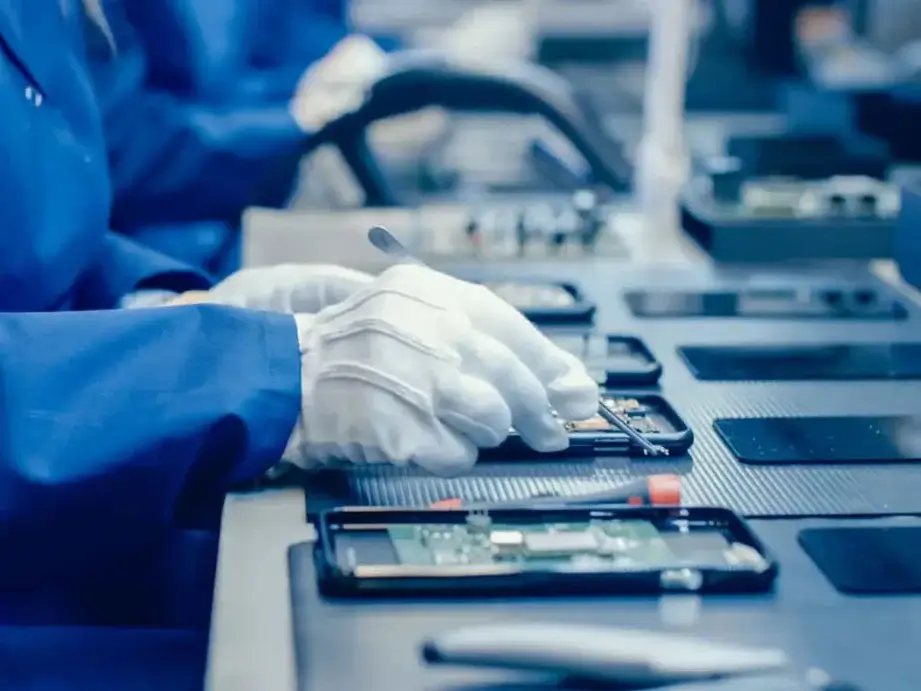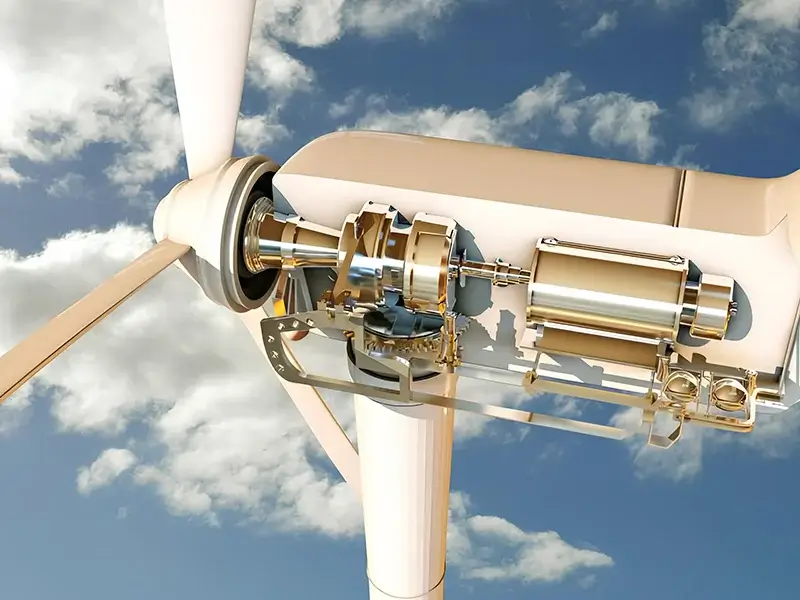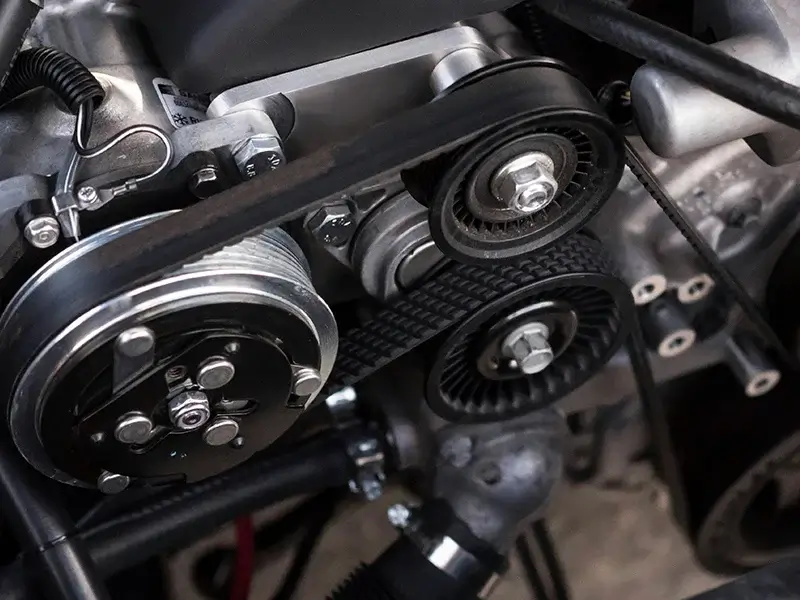Injection Rubber Molding Service



What Is Injection Rubber Molding?
Injection Mold Rubber Capabilities
| Name | Detail |
|---|---|
| Size |
78.74in. x 59.05in. x 39.37in. 2000mm x 1500mm x 1000mm |
| Mold Cavities | Single or multi-cavity |
| Mold Life | Unlimited (We will open a new mold if the old one worn out) |
| Mold Storage | Forever |
| Mold Material | P20 Steel |
| General Tolerance | Normally +/- 0.008in.(0.2mm) |
Injection Rubber Molding Material
Rubber Materials
- Silicone
- Ethylene Propylene Diene Monomer (EPDM)
- Nitrile (NBR)
- Neoprene (CR)
- Styrene Butadiene Rubber (SBR)
- Natural Rubber (NR)
- Butyl Rubber (IIR)
- Fluoroelastomer(FKM)
Additives
- Softeners
- Colorants
- UV Stabilizers
- Flame Retardants
- Lubricants
- Reinforcing Agents

Rubber Materials Selection Guide
Custom Rubber Molding Surface Finishing
| Finish | Description |
|---|---|
| SPI A1 | 6000 grit diamond, surper high glossy finish |
| SPI A2 | 3000 grit diamond, high glossy finish |
| SPI A3 | 1200 grit diamond, normal glossy finish |
| SPI B1 | 600 grit paper, fine semi-glossy finish |
| SPI B2 | 400 grit paper, normal semi-glossy finish |
| SPI B3 | 320 grit paper, normal semi- |
| SPI C1 | 600 grit stone, fine matte finish |
| SPI C2 | 400 grit stone, medium matte finish |
| SPI C3 | 320 grit stone, normal matte finish |
| SPI D1 | Dry blast glass bead, satin textured finish |
| SPI D2 | Dry blast, dull textured finish |
| SPI D3 | Dry blast, rough textured finish |
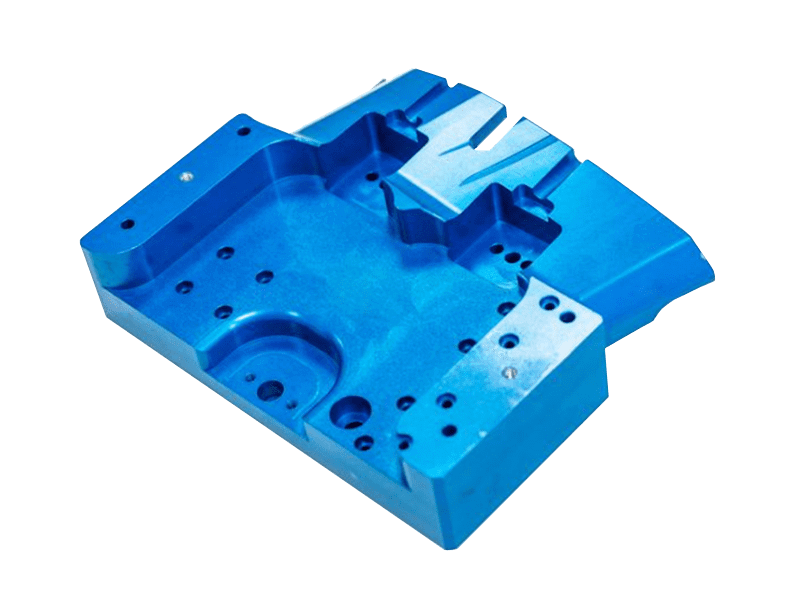
How Does Rubber Injection Molding Work?
Material Preparation
Injection Molding
Curing or Vulcanization
Cooling and Ejection(Demolding)
Examples of Rubber Injection Molding Products










Custom Contract Manufacturing Capability
Advantages of Injection Molding Rubber
- High accuracy and consistency
- Improve production efficiency
- High material utilization
- Adapt to complex design
- Reduced labor costs
- Reduced post-processing requirements:

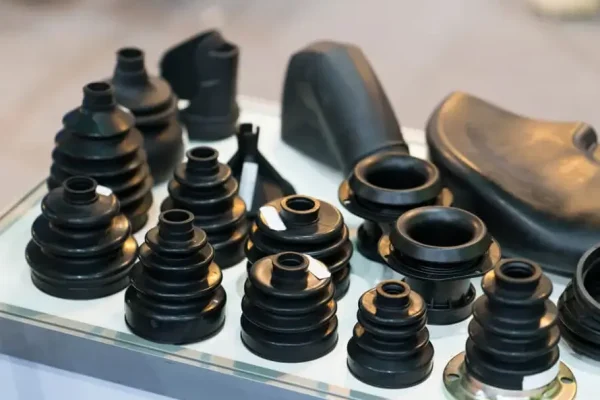
Rubber Mold Injection Application
- Seals
- Gaskets and washers
- Rubber buttons
- Belts
- Bottle stoppers
- Automotive cushions
- Rubber hoses
Rubber Molding Parts in Different Industries
Why Choose Us for Injection Rubber Molding Service?
High Precision & Consistent Quality
Fast Turnaround & Flexible Capacity
Expert Engineering Support
One-Stop Prototyping & Small-Batch Solution
One-Stop Injection Molding Solution Manufacturer
Jiangzhi Other Processing Services
FAQs of Custom Rubber Injection Molding
How Can Jiangzhi Help Me with Custom Injection Rubber Molding Solutions?
At Jiangzhi Rubber, we specialize in creating custom solutions to meet your specific needs. From helping you select the right materials to designing and optimizing molds, our experts will collaborate with you to ensure your parts meet the highest standards of quality, performance, and cost-effectiveness. Whether you’re looking for a small prototype or large-scale production, we’re here to bring your vision to life.
How is Injection Molding Rubber Different from Traditional Plastic Injection Molding?
How Do You Choose the Right Rubber Material for Injection Molding?
Choosing the right material depends on what you need the final part to do! Consider factors like flexibility, heat resistance, chemical exposure, and budget. Your material choice will ultimately impact the part’s performance in its intended application.
What Are Common Issues in Injection Molding Rubber and How Do You Fix Them?
Common Problems: Air bubbles, surface imperfections, mold blockages.
Solutions: Adjusting process parameters, tweaking material formulations, and conducting regular mold cleanings can help keep things running smoothly.
Tell me your confusion and let me solve it for you~
What Are the Benefits of EPDM Rubber Injection Molding?
Precision & Consistency: EPDM injection molding allows for high precision, producing parts with excellent dimensional accuracy and uniformity.
Cost-Effective: With automated processes, EPDM rubber injection molding can reduce labor costs and improve production efficiency—great for large-scale manufacturing.
Customizable: EPDM can be formulated to meet specific performance requirements, including varying hardness, chemical resistance, and color.
How hot doe silicon rubber need to be heated to be injected molded?
Silicone rubber typically needs to be heated to a temperature range of 170°C to 220°C (338°F to 428°F) for injection molding. The specific temperature depends on the type of silicone used, such as liquid silicone rubber (LSR) or high-temperature vulcanized (HTV) silicone, and the design of the injection mold. This heating process ensures that the silicone becomes flowable, allowing it to fill the mold cavity accurately. Proper temperature control is critical to achieving optimal curing, ensuring the desired strength, flexibility, and durability of the finished silicone parts.
Can you injection mold EPDM?
Yes, we can injection mold EPDM (Ethylene Propylene Diene Monomer). EPDM is a versatile elastomer known for its excellent resistance to heat, ozone, weathering, and chemicals, making it an ideal material for a wide range of applications. Our advanced rubber injection molding process ensures that EPDM components are molded with high precision and durability, whether for automotive seals, industrial gaskets, or other custom parts. We can provide tailored solutions based on your specific design and performance requirements.

